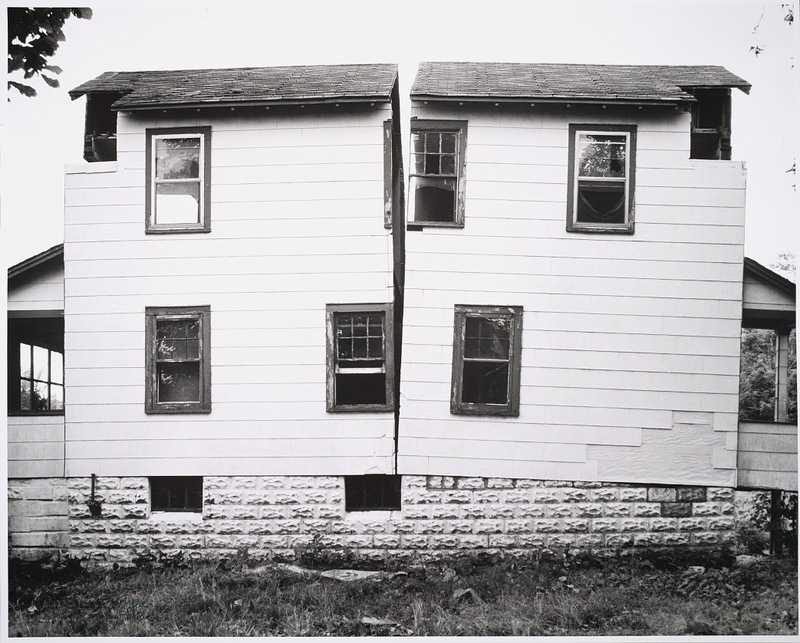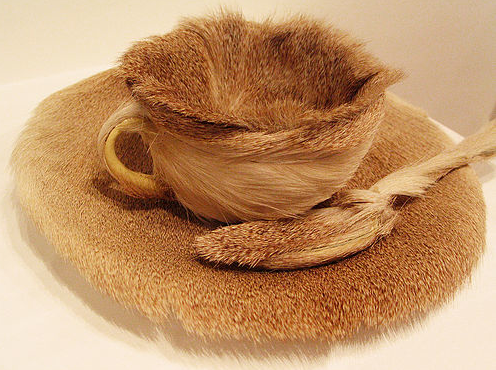Sunday 3 October 2010
Hans Richter
Thursday 29 April 2010
Monday 19 April 2010
Bobbly Baker
Anissa Mack
 This work Pies for a Passerby" by Anissa Mack in Brooklyn.
This work Pies for a Passerby" by Anissa Mack in Brooklyn.
Liam Gillick
Artists such as Liam Gillick ...no longer address abstraction as the principle for the creation of distinct minimalist objects, but rather try to create through design spaces for open social interaction [artworks] whose actual use is to be constantly redefined within the situation of the exhibition - without necessarily producing relational-aesthetic models of community.[8]"
(Provisional) Consultation Partition 2000
Anodizied aluminium, formica, plywood
Courtesy Corvi - Mora, London
Meret Openheim
Tuesday 16 March 2010
Georgina Starr
Thursday 18 February 2010
relational aesthetics/ antagonism and relational aesthetics etc
Tuesday 9 February 2010
Tim Head
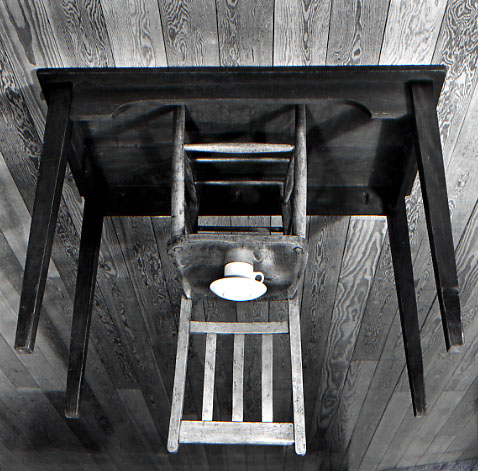
 v
v
 -t
-t )
)Tuesday 2 February 2010
Dorothee Golz
Sunday 31 January 2010
Christine Hill
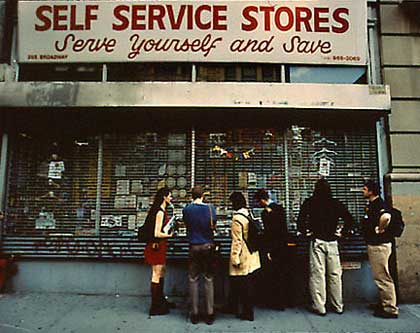
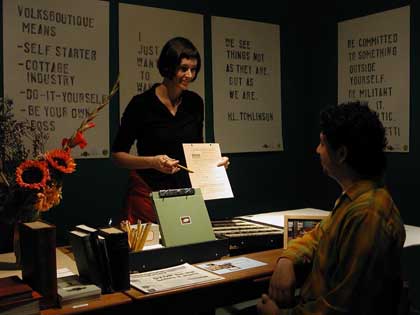
Works such as Volksboutique and Tour Guide? (1999) combine a performative element along with the artist providing a service and thereby gaining an audience in that way whilst also questioning the artist's role in society.
The book as an object is patterned after a calendar/datebook. In considering what one could/should put in an exhibition like Venice, there seemed to be pressure for Big Project, and I sort of dislike the notion of the masterpiece or opus. I like the continuum, that the machine is humming, that things are ebbing and flowing insofar as industry is concerned, and that many factors contribute to the so-called Process. This is most easily evidenced by a glimpse into my own datebook. So, the piece for Venice speaks to that...how my (or the mind) is organized, and what things are in there, and they can be very small things, and that it is something about growth via accumulation. And organization. I like that haircut appointments reside in the same space as big deadlines, and so-called Events of Note."
Insight into Hill's view of her notebooks and work for Minutes "they illustrate my method of ordering and apportioning time and energy ‹ specifically addressing how my labor is divided between my daily life, my artmaking, and my responsibilities as a professor. These lists, these tallies, the organization of details in setting up projects start to become their own project. "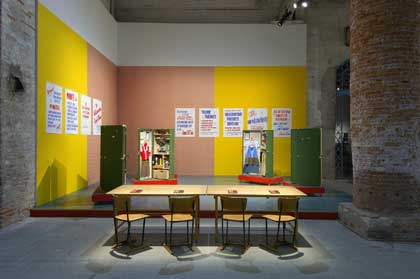
Rirkrit Tiravanija

quote from wikipedia:
His early installations involved cooking meals for gallery-goers.[1] Tiravanija's artwork, which explores the social role of the artist, is described by Nicolas Bourriaud as having a "relational aesthetics." His installations often take the form of stages or rooms for sharing meals, cooking, reading, playing music. Architecture or structures for living and socializing are a core element in his work. He is represented by Gavin Brown's Enterprise in New York.[2]"
Article about Tiravanija show at David Zwirner Gallery in 2007, by New York Magazine. Show also included recreation of Gordon Matta-Clark's 1972 work Open House.
Nicolas Bourriaud, Relational Aesthetics
starter
Thursday 28 January 2010
Sophie Calle
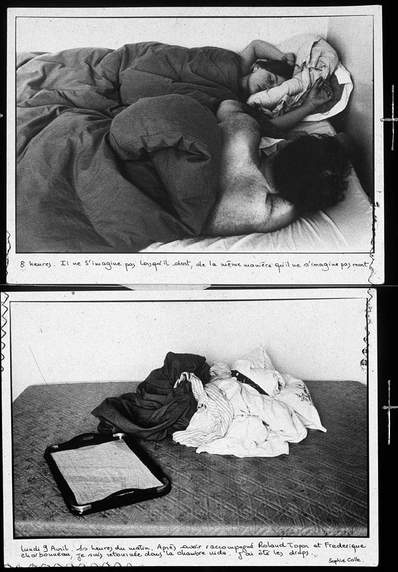

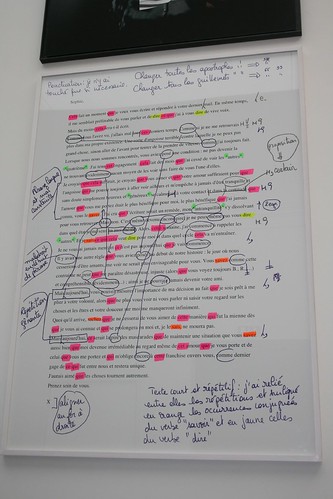
Link to Guardian article.
Gordon Matta-Clark
